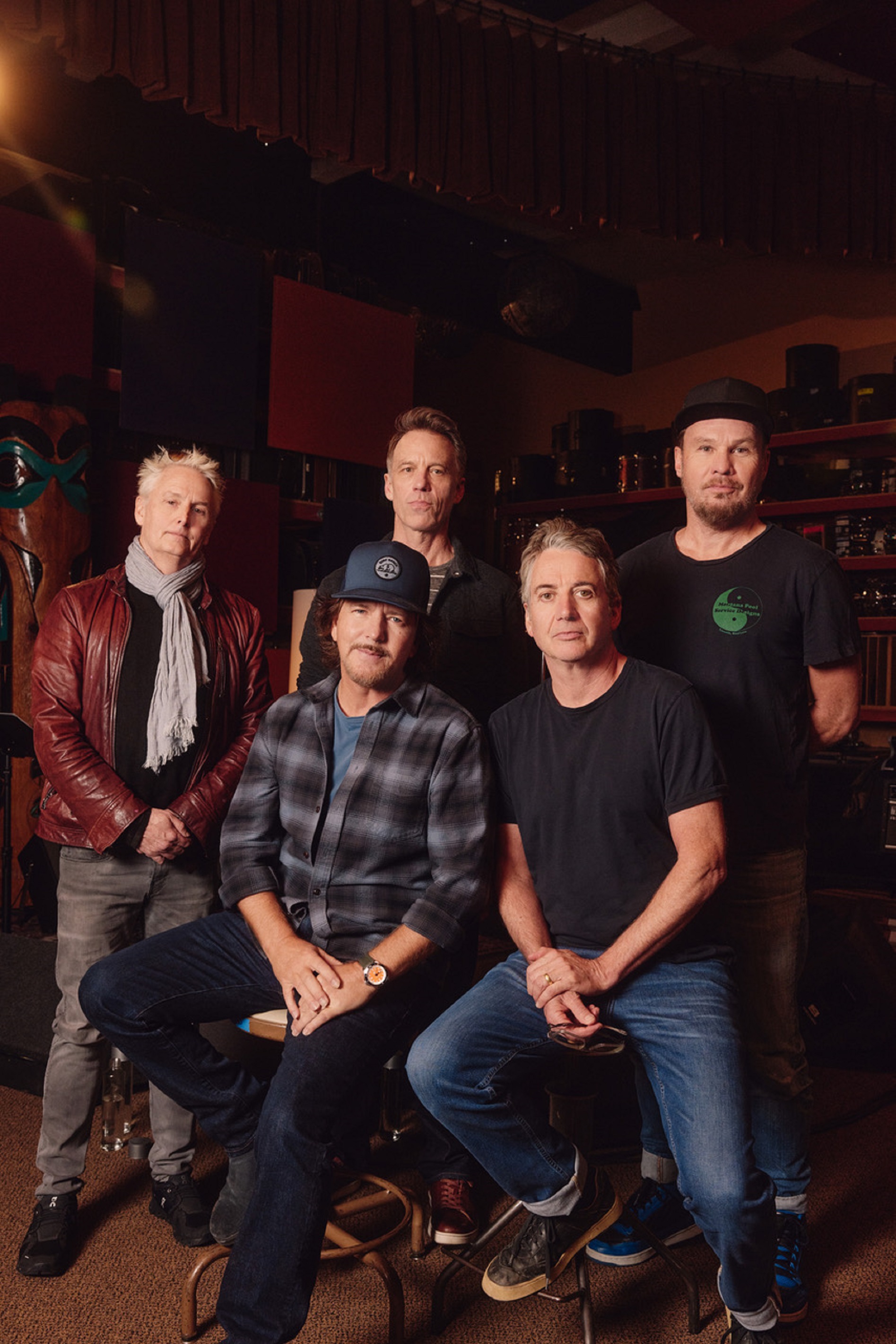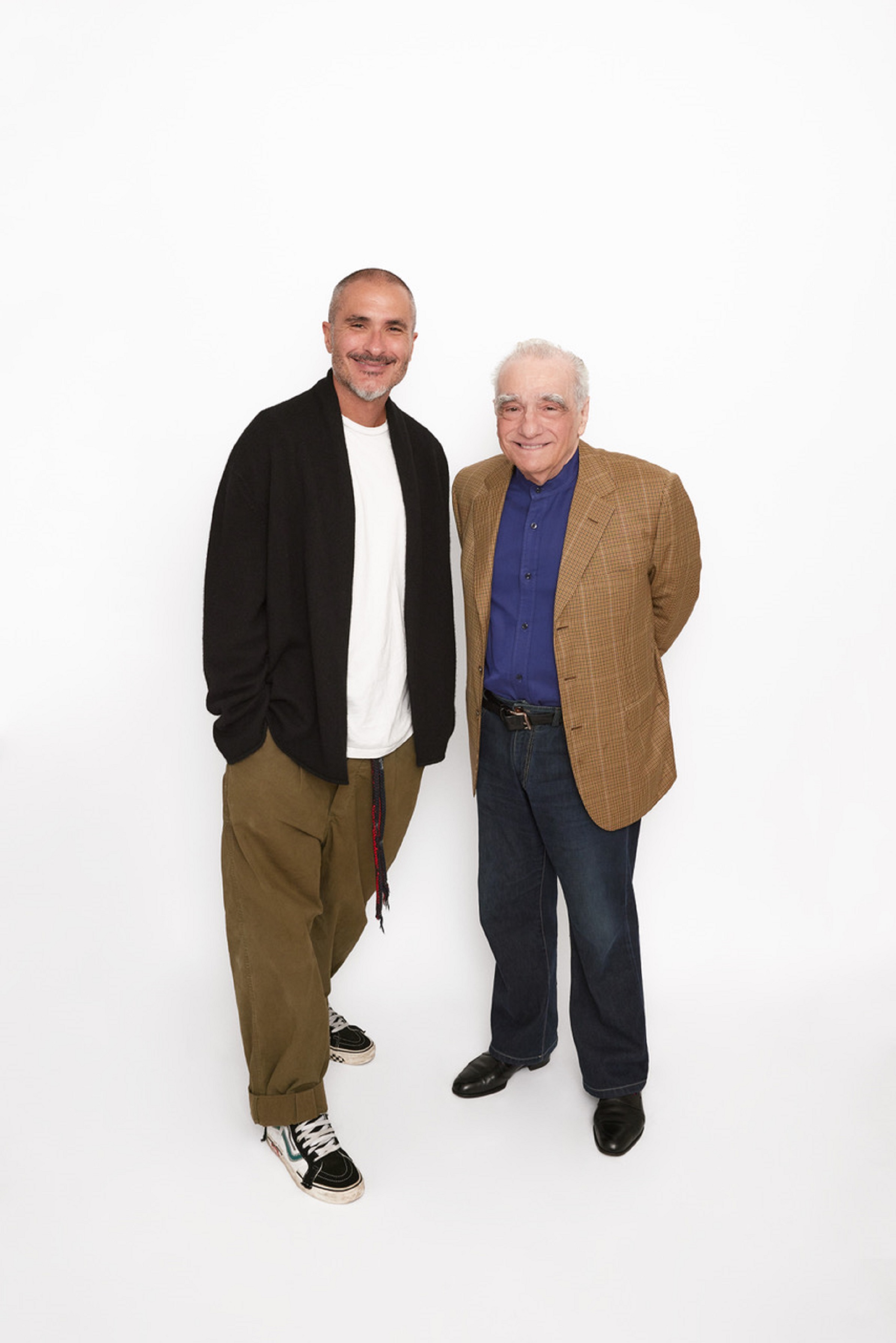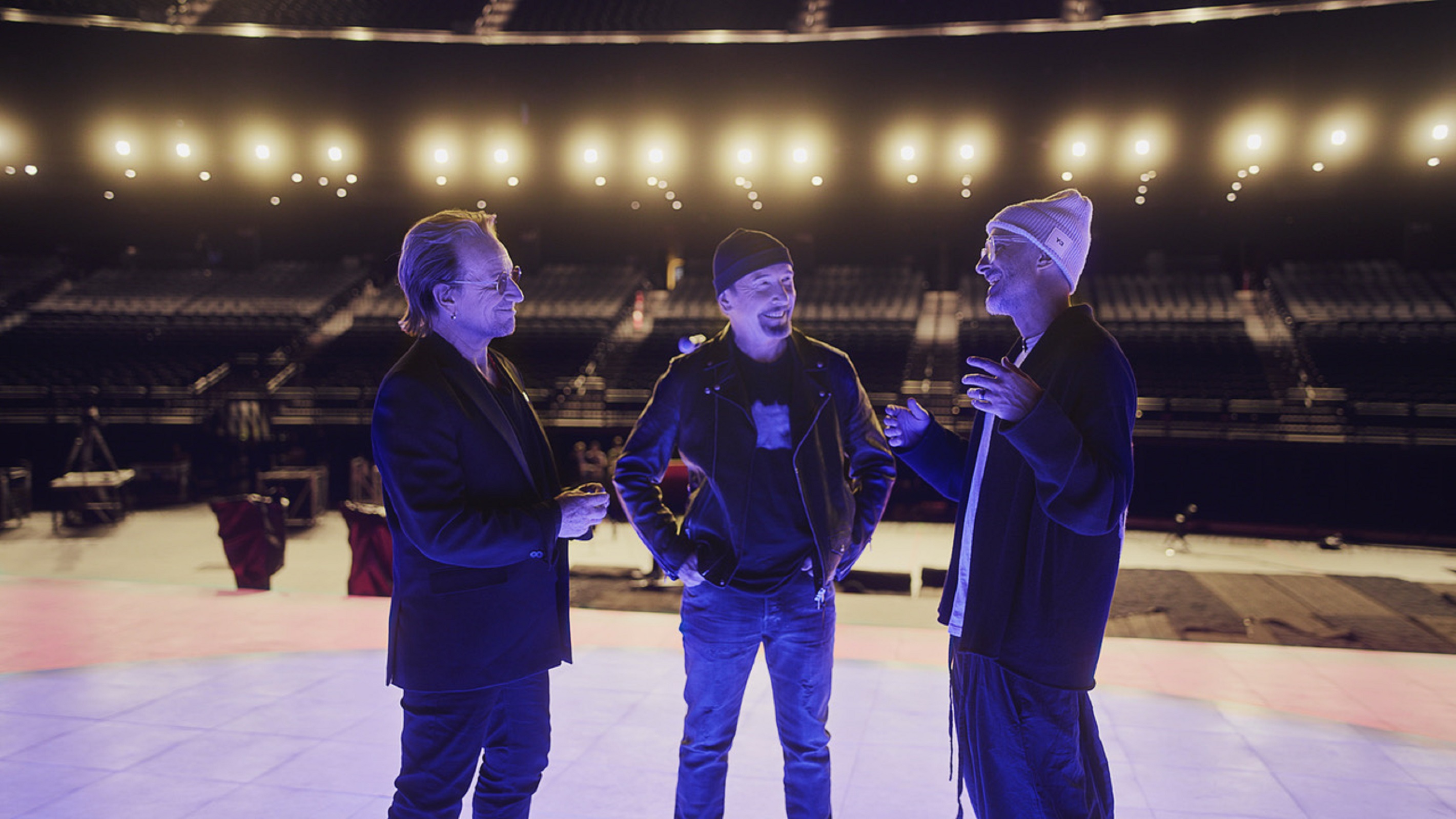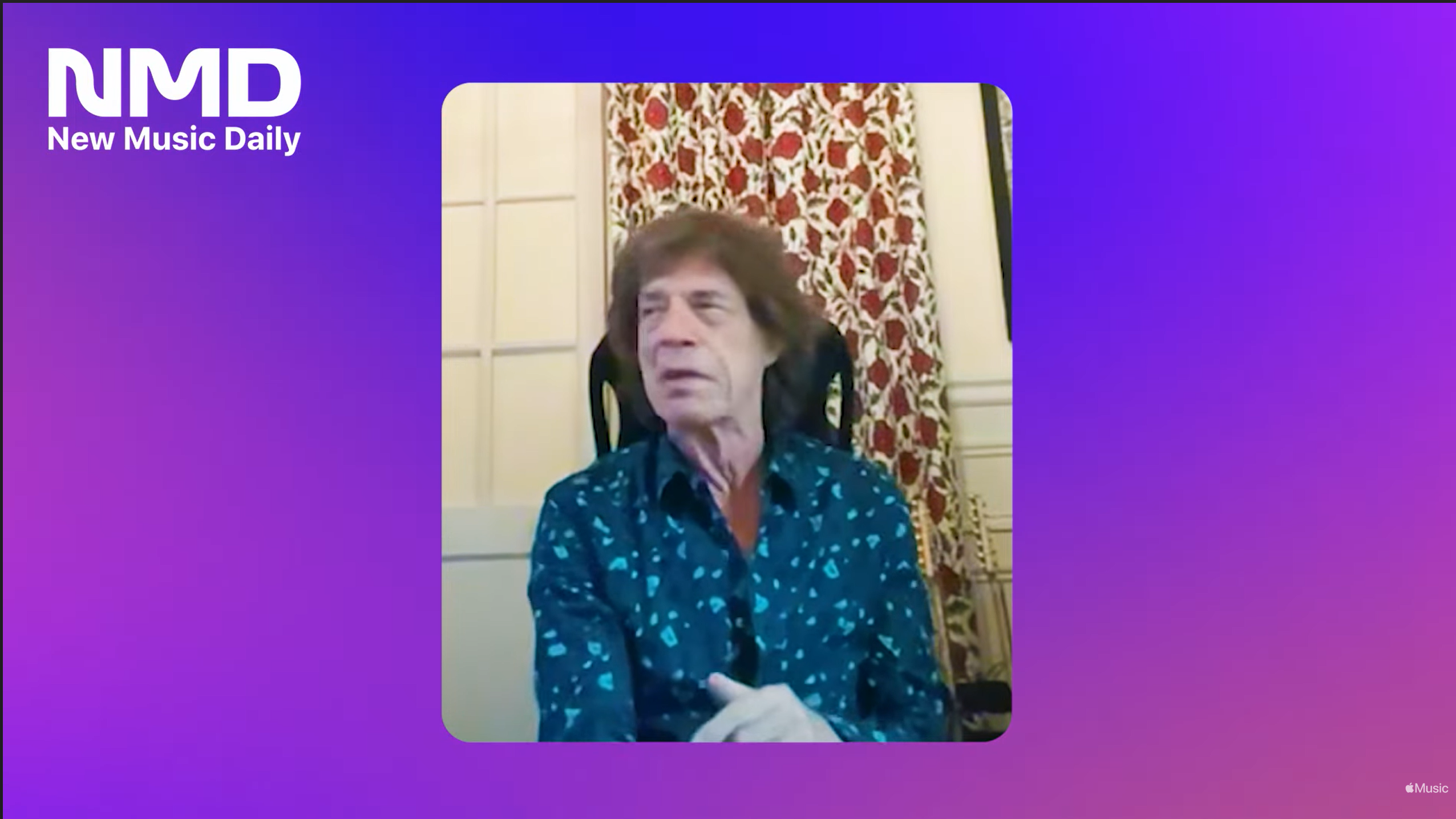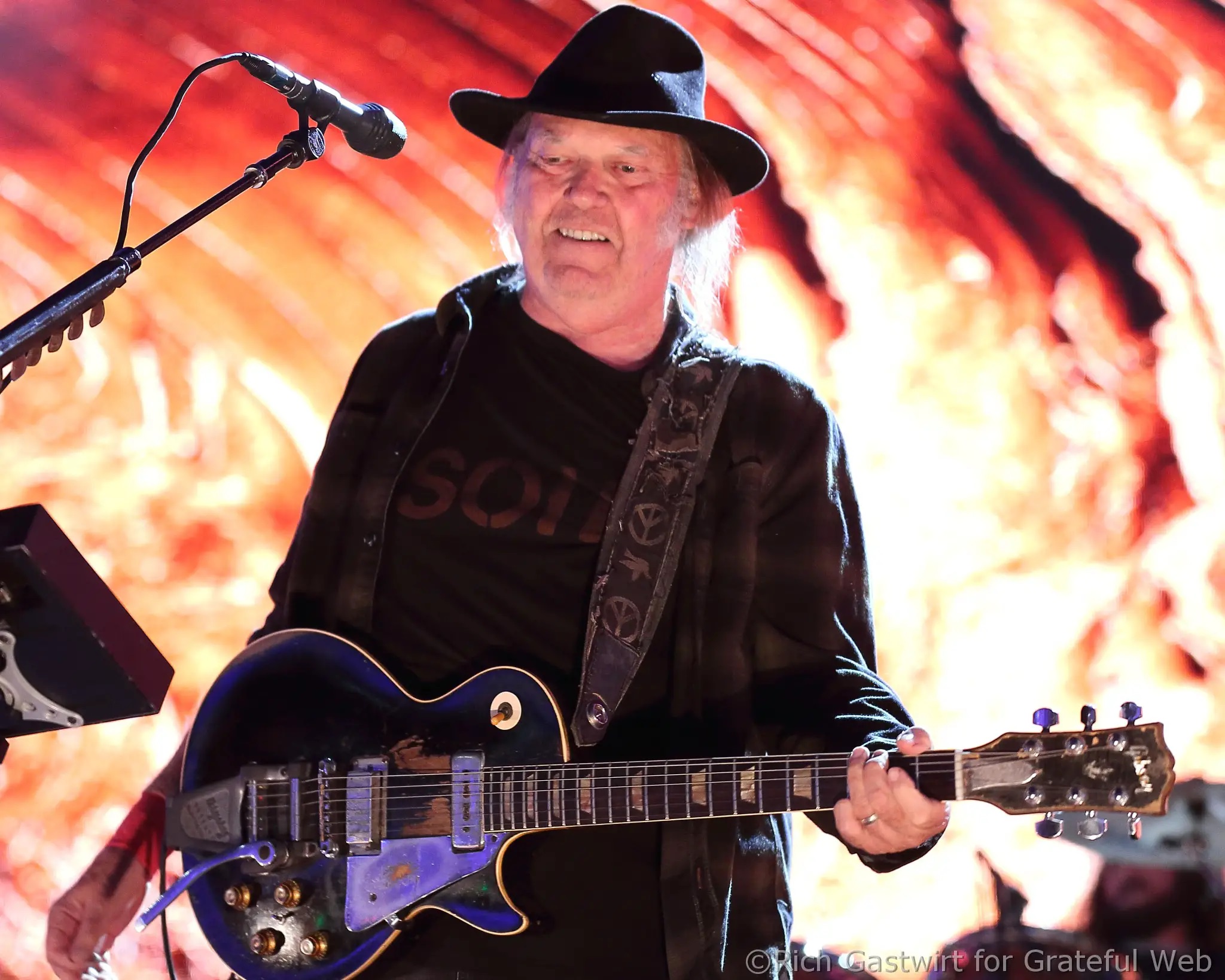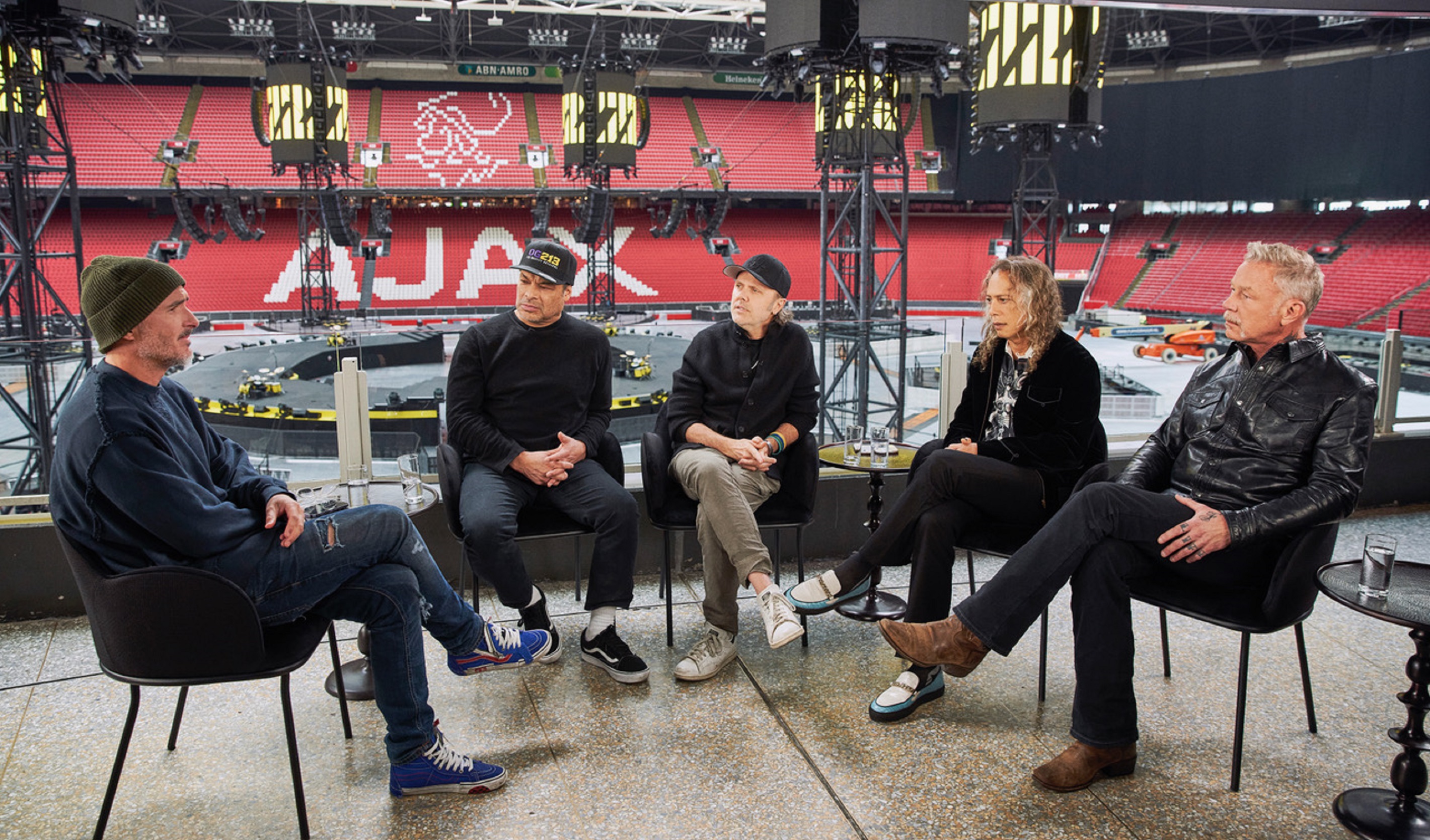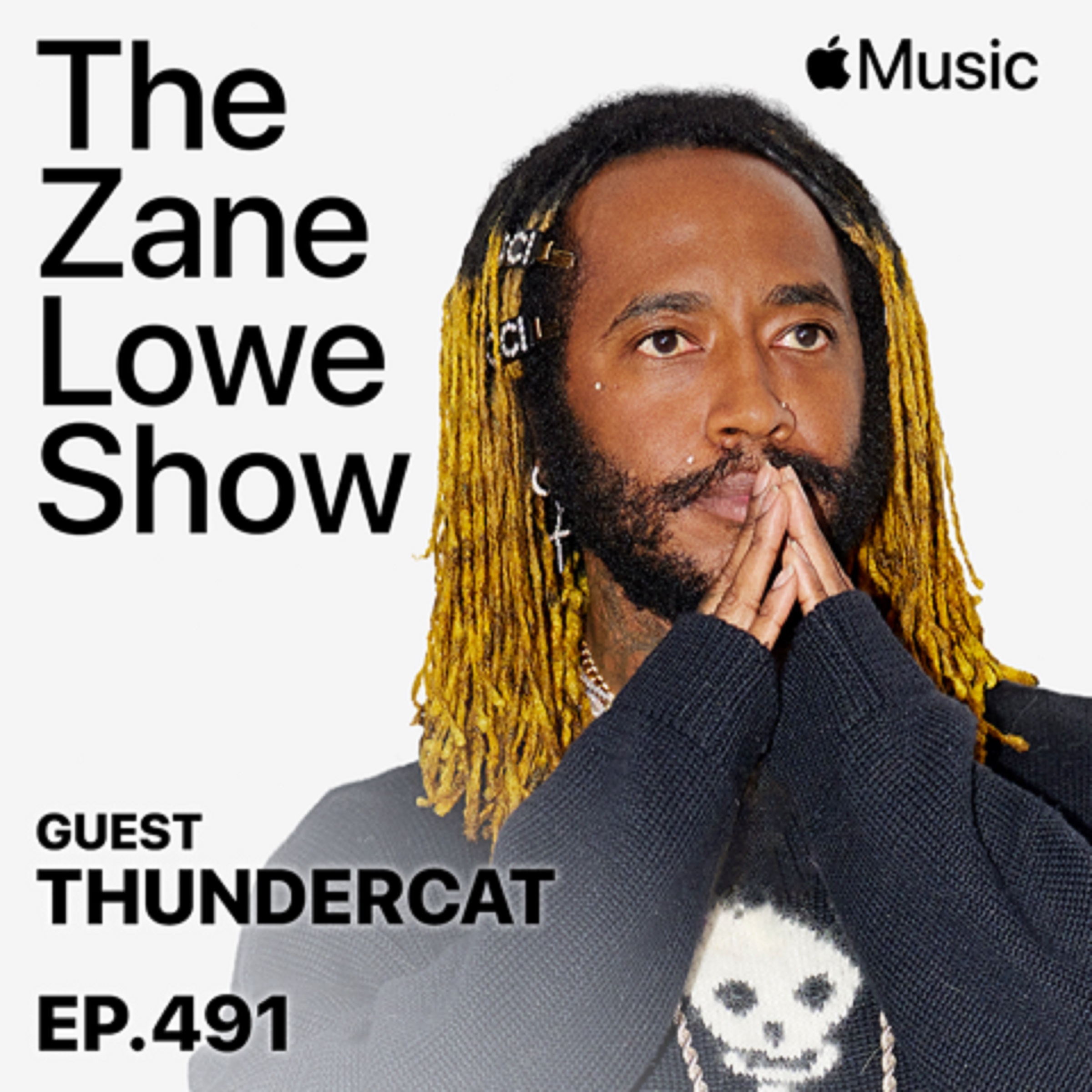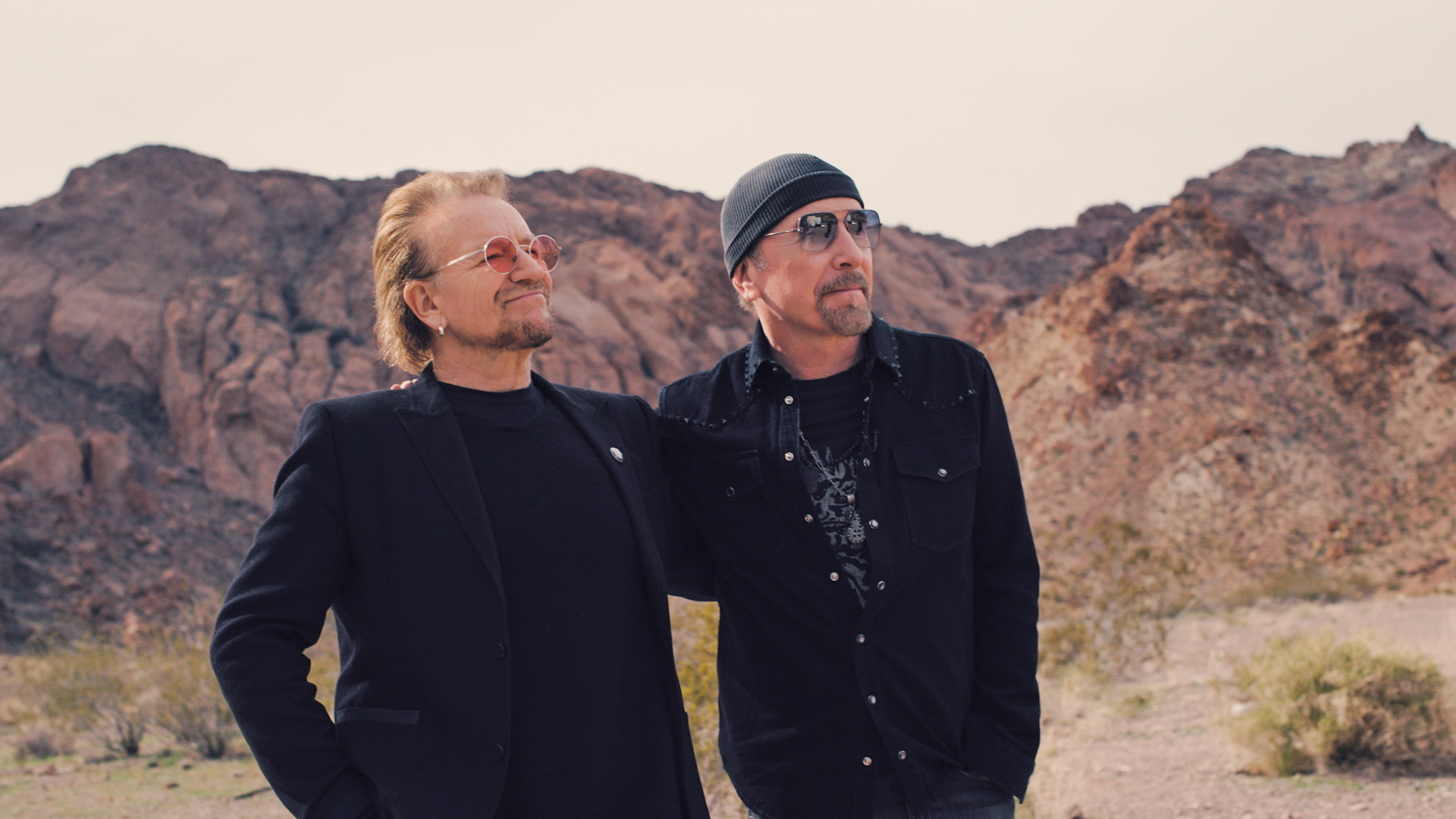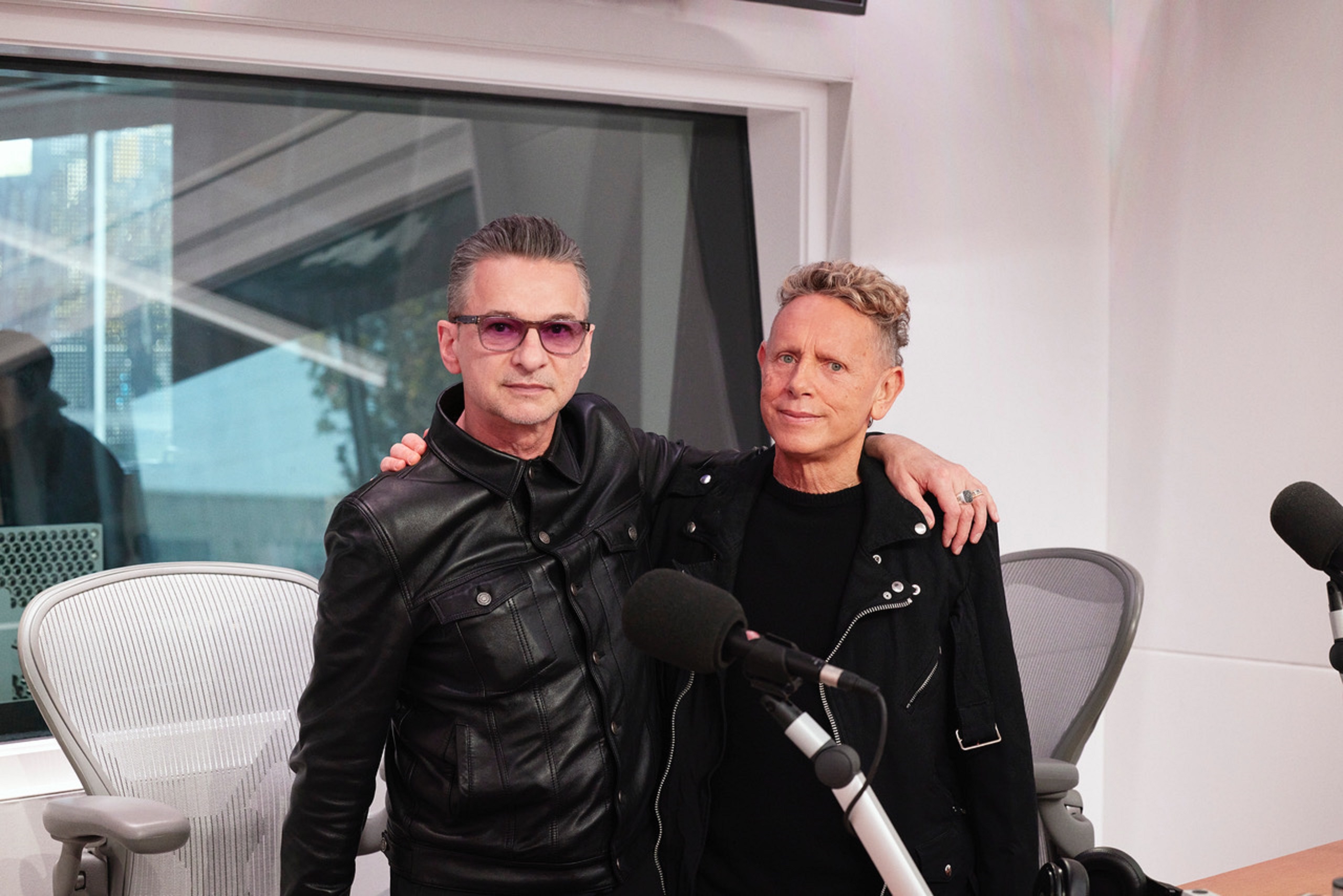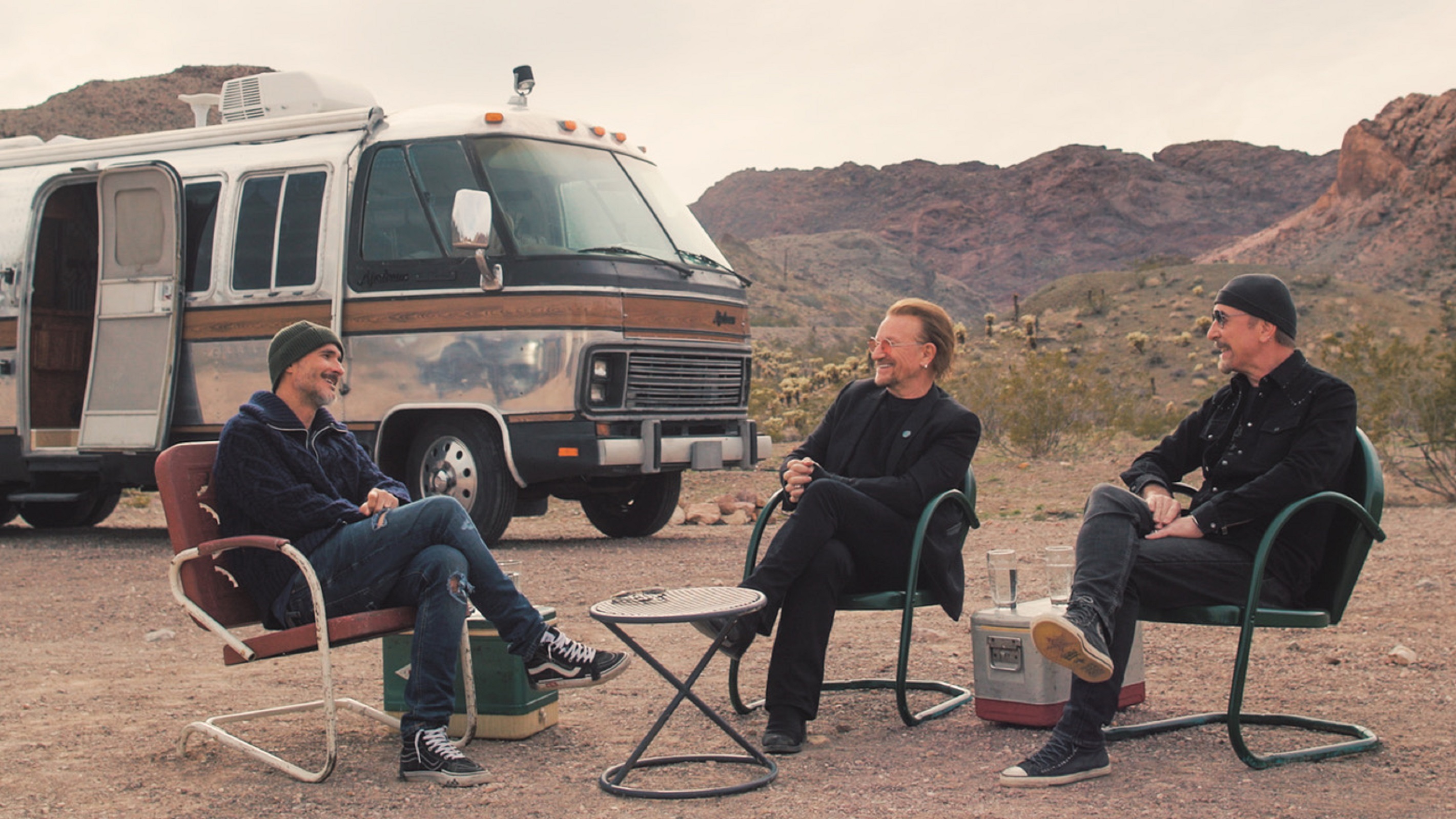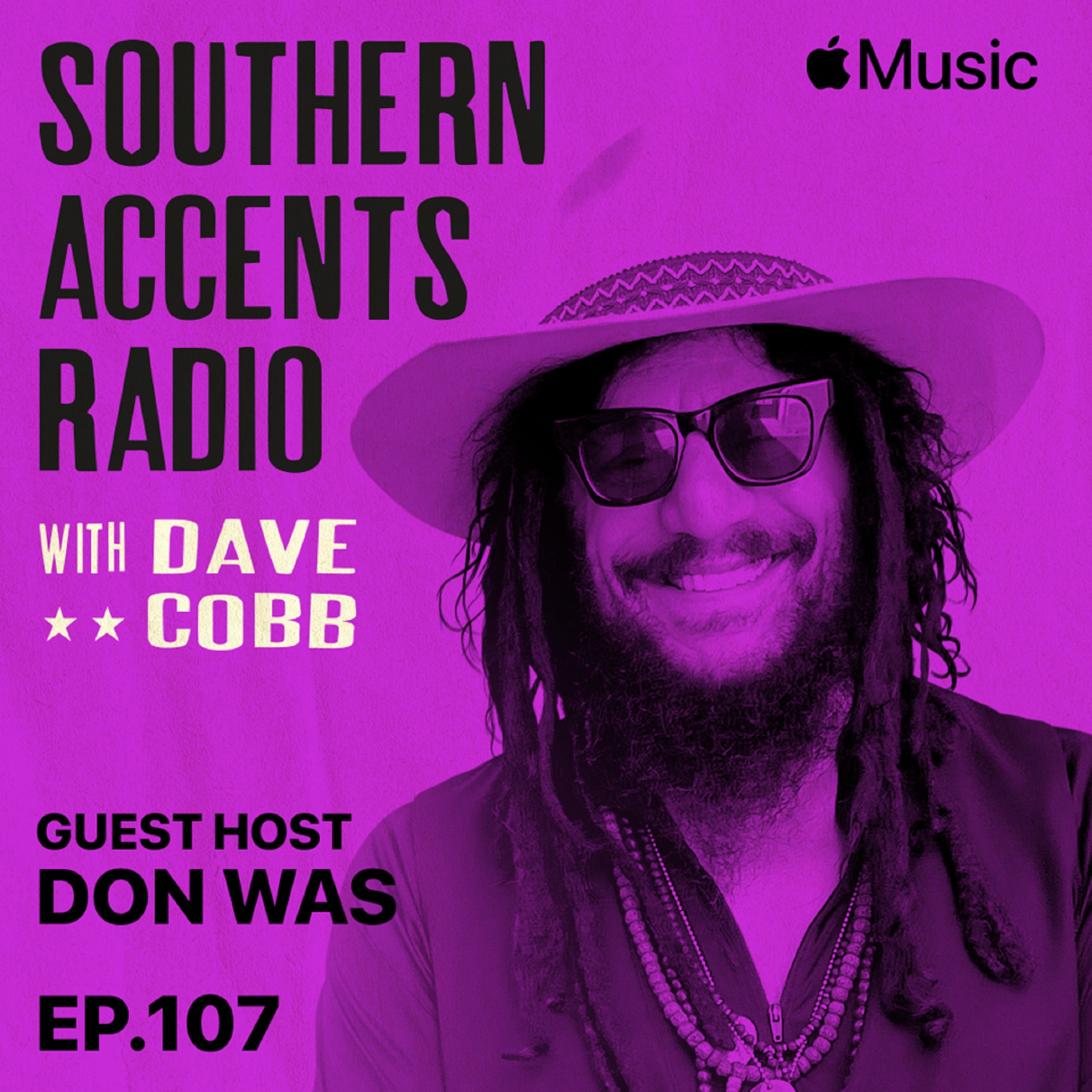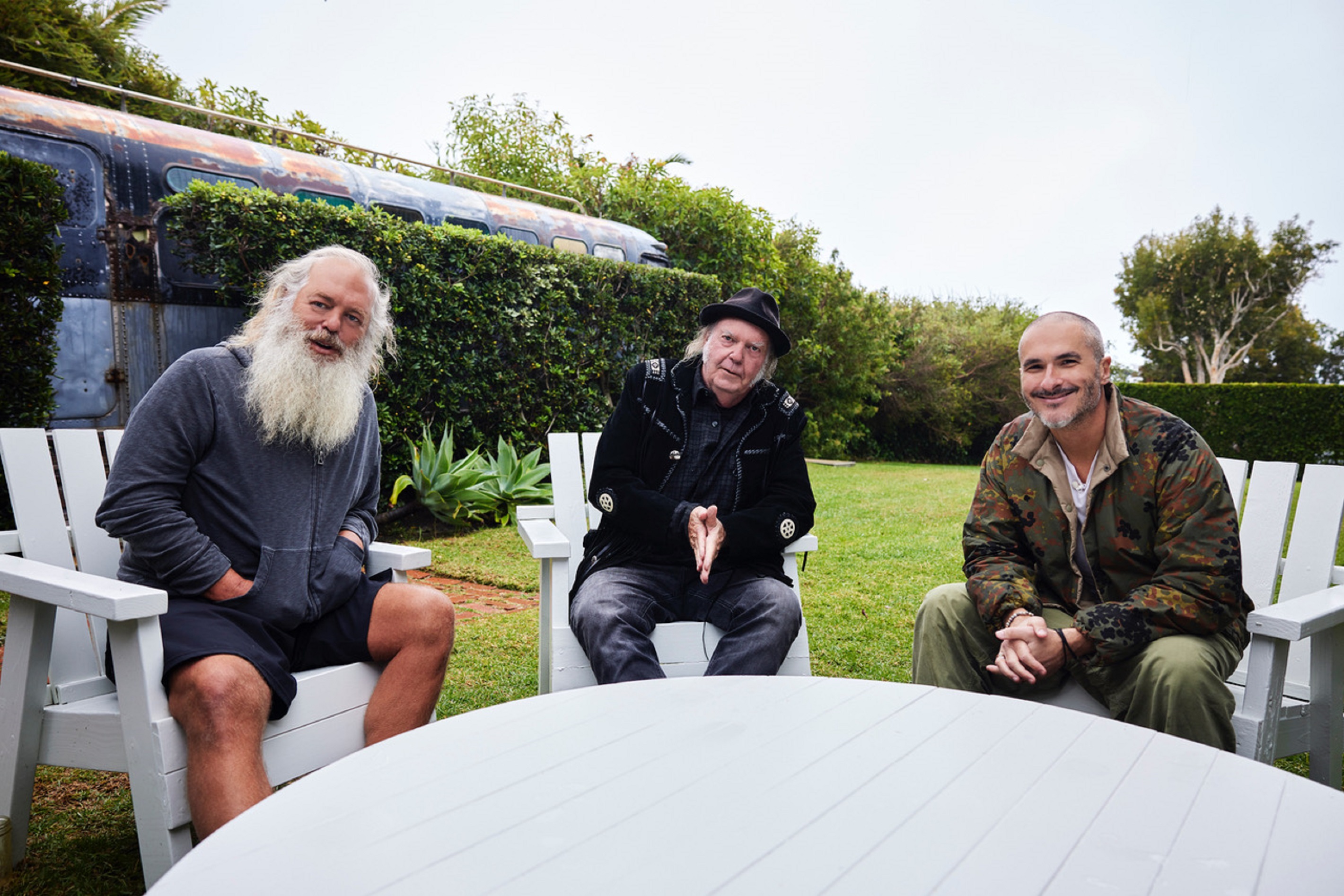Grammy Award-winning producer, songwriter, composer, and multi-instrumentalist Giles Martin joined Apple Music’s Zane Lowe for in-depth conversation about the arrival of The Beatles’ iconic ‘1’ album in Spatial Audio for the first time ever, in addition to “Strawberry Fields Forever” in celebration of the song's 55th anniversary. Martin shared unique insights and stories about the process of bringing immersive audio to a legendary body of work, how the new technology is transforming how music is created and enjoyed, honoring the legacy of his father and The Beatles, the implications for a new generation of artists, and more.
Giles Martin on The Evolution of Sound…
My dad was, you know, was a futurist and loved technology… so he was always looking for a way of having great sound…And what happened was with The Beatles and my dad and other people around the world they went "OK, how do we create worlds that don't exist?” And since Sgt. Pepper's, you know, originally with Tomorrow Never Knows or Revolver, they start doing this thing with these aren't live records. These are things you can only imagine in John Lennon's head.He tried to capture what was in the head and put on a record. And that's the evolution of sound. It's not just technology, it's imagination as well and that's key.
Giles Martin on The Responsibility He Feels Mixing The Beatles For Spatial Audio…
I still find it hard to believe that that I get given this responsibility. I never thought in my life I'd be mixing or remixing Beatles stuff. And I realized that when I walk into a room at Abbey Road and I can get a four track, one inch tape and it has A Day in the Life in it or Paperback Writer or anything, and I can press play and I can hear it how lucky I am and how many people would want to do this? How many people would want to be in that position? I shouldn't have this privilege, everyone should have this privilege.
Giles Martin on The Journey of Bringing New Technology To The Beatles’ Catalog…
I think Sgt. Pepper's the first Dolby Atmos record. We went back and redid it because technology changed, like it does. Paul and Ringo and Olivia and Yoko, and now, you know, the kids as well, they they look after this great legacy of music, and I just work for them basically. But Paul and Ringo are always going, “How can we push technology? How can we change the way?” So it made sense to me to do Sgt. Pepper's, you know one of most famous albums of all time in new technology, because that's what The Beatles want. Paul says, “I don't want to be stuck in a museum. I don't want to be under a glass case. I want, you know, people discover things. I want people to listen to stuff, old people to explore. I people have an opinion about things”. You know, it's that and The Beatles don't want to be the sort of on some mount going, “don't touch it.” You know, like some people said to me, why would you go and do this? I go, 'Because they asked me to’, and I don't go do this work because, you know, I'm bored and there's a cupboard of Beatles records I need to go look at.
Giles Martin on Spatial Audio Becoming More Accessible…
I've been working in surround for a long time, you know. I did the Love show in Vegas, which has seven thousand speakers in a room and we did a surround sound record that which was very successful. But then you couldn't hear it anywhere. You know, you couldn't hear a — people don't have surround sound unless they’re very niche. And it took a while, it took like a company like Apple to work out how to make it a consumer experience on a grand scale, you know? It's all very well.I could put people in a room that I can build and go, “This is gonna be an amazing experience”, but how do you then have it so it's easily accessible for people? You're going to have more intimacy and then you're going to you're going to notice, hear it, you're going to really listen to it and it's going to touch you. And that's what music is about. I don’t want people to listen to these mixes and go, this is a mix. I want people to listen to the song and go, “how does this make me feel? How does it make me feel?"You know, that's that's the key. It's like kids who have never heard The Beatles, which which there's lots of them. Well, you know, if it doesn't have The Beatles or if it's anyone, it doesn't matter as long as they feel something when they listen to it.
Giles Martin on How Long It Takes To Mix a Track in Spatial Audio…
It does really vary. It can take, it can take half a day or three days or ages if you get it wrong, it's as simple as that. And the reason was for a lot of lot of the stuff like the the early, early material we’ll go back into the Studio Two where their band recorded and we'll find a way of rerecording the room. So you have the Studio Two around you when you listen to it. So that takes a while.So that's the process, so we’re mixing not just the original tracks, but actually — Capturing ambiance of the room that they're in to make it more real. So that's a process that if you could add on to that and then once you got the tracks up, you know, I'd mix things incredibly quickly. And sometimes some tracks just take ages because you just think this is, this doesn't feel right.
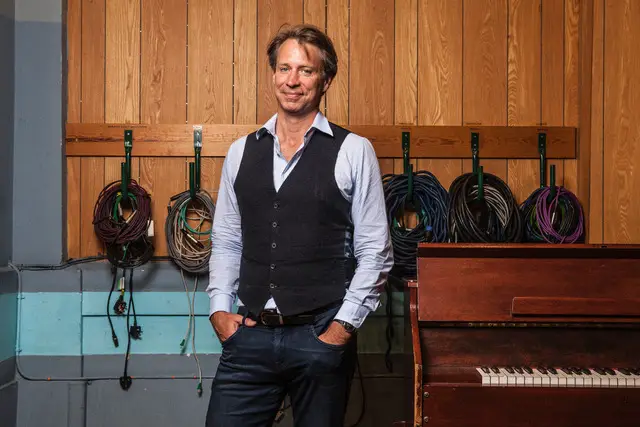
Giles Martin on The Beatles Songs That Were Challenging To Mix in Spatial Audio…
There's always a few troublemakers, and so it's like, you know, you know in all honesty, Hard Day's Night was was tough.Because, you know, the way it was done, it was, it's got, I’m going to get this wrong. It's got it, so it's got John's vocal, acoustic guitar, and congas on one track. Guitar, drums and bass, another track. John and Paul, another guitar, I think, another track. And it's that balance, if you start splitting the Spatial Audio as opposed to mono, you going to, the levels change because of compression, so. There's a lot of technical stuff that goes on.And to get the same feel was was tough with that. A Day in the Life was always tough. Day in the Life sounds really good in Spatial Audio. That was really tough just because it's such an important song and it's a song, these tracks, like Day in the Life, is a four track. And what I mean means that people, people listening is four track means you have essentially four things and you can't separate them.So it's it's a acoustic guitar, piano, shakers and maracas, shakers and conga, sorry. And then there's bass and drums and there's a vocal track. And then there's the strings, all the strings on one track and you're thinking, that's one of the biggest records ever. And it’s only got four things. So, you have to go, OK.And if people listen to that Spatial, they'll hear the piano and acoustic guitar on this side of the shaker, and they'll hear the bass and drums on the other side because you can only put them on, and the vocals in the middle, and the strings go around you. And it's getting that balance, getting that feel right.
Giles Martin Says “Strawberry Fields” Was His Dad’s Proudest Work As a Producer and Explains How The Song Perfectly Showcases Spatial Audio…
It was my dad's, I think, proudest work as a producer, you know, because it was two different takes, two different speeds, he put the strings, he did, he created this thing. And it’s a lovely story, he — John Lennon got in touch with him and they didn't speak for a while for different reasons. John got in touch with him the month before he died. And my dad went to go see him in the Dakota building. And, John, you know, sort of —, they were thinking about working together again. And John said, “you know, I'd love to just go back and record everything again properly this time". And my dad was like, “what??” And he goes “come on, we probably could do a lot better this time around.” My dad goes “what about Strawberry Fields?” and John went “especially Strawberry Fields” — so the so the legacy and the importance of that song for me personally is huge. And then you take the multitrack and you go “Okay, how do I make Spatial?”. And to me, that song kind of suits that world of Spatial Audio, it suits falling into…nothing is real. That's that's what the line says in the song. And so it suits it. When I was doing this work that was the one where I go…. I remember doing it and thinking and putting on putting that to my AirPods or the Max’s and going, “this really works. This really works. OK, listen, guys, this is the reason why this technology should exist.Strawberry Fields.The reason why this should exist”, you know, so that's that's it's important.
Giles Martin on Working with Paul McCartney and Ringo Starr, Continuing To Embrace Technology, and Paul Saying “We Were A Really Good Band” After Hearing Sgt. Pepper in Spatial Audio…
It's like a family and there's pressure involved, but it's not as though we have marketing meetings and we sit as a board that sits around, it's like Paul and Ringo, and then there's Olivia and Dhani, and then there's Sean and Yoko. And you know, we communicate, we send, we send stuff around, we go, “listen to this” and they'll make comments and they love the technology, they love the idea of people listening in different ways. and I know this from my dad as well. You know, they never thought 50 years time or 60 years or whatever people would be listening to this stuff. And actually, I was with Paul. We have an Atmos room here at Abbey Road and Paul came to listen to Sgt. Pepper. and we sat and we listened to it. We wandered around the room was like a big room because “we were a really good band”. I was like, “Yeah, you were”. He goes, "you know, we were we were really lucky to have your dad”. And I said, "Well, I think, you know, he was lucky." And he goes “And we're really lucky to have you” and I went “oh God no, come on, you know?I think about how lucky I am”. He goes "we're all lucky then.” So yeah, he's — there's so much in all this, there's so much love and passion and care attached that goes into this. And if I can make them happy, then you know, and then other people listen to it, they can hear the passion that goes into it, then that's that's job done worthy.
Giles Martin on How Spatial Audio Allows You To Time Travel…
I remember when I walked into Abbey Road and… my dad, you know…he started to lose his hearing and didn't tell anyone that I became his ears and that's how I started doing what I'm doing. And he started working on the anthology project, and he hadn’t listened to The Beatles since they broke up. And I came in and I listened to A Day in the Life on a four track tape machine, and I was in a room upstairs and he pressed play and John was like talking to him, but obviously years old, and it was like he was in the room. It was like there was there was no hiss, there was no crackle, there was no like old…It was literally like he was coming to the speakers in the room. And I thought to myself, that is magical. records, don't get old.We get old. We get old and records stay the same age. John Lennon is the same age now you know on that recording as he was in 1967, when he was saying those words. And with Spatial Audio and the work we do now at at Abbey Road, you can time travel. You could be there with the band, you know, with Dolby Atmos, you could be there with the band and be in the same space with them and you can just time travel. You could snap your fingers are just pressing play or finding something. Finding some new experience, You know, we get old, music stays the same age.
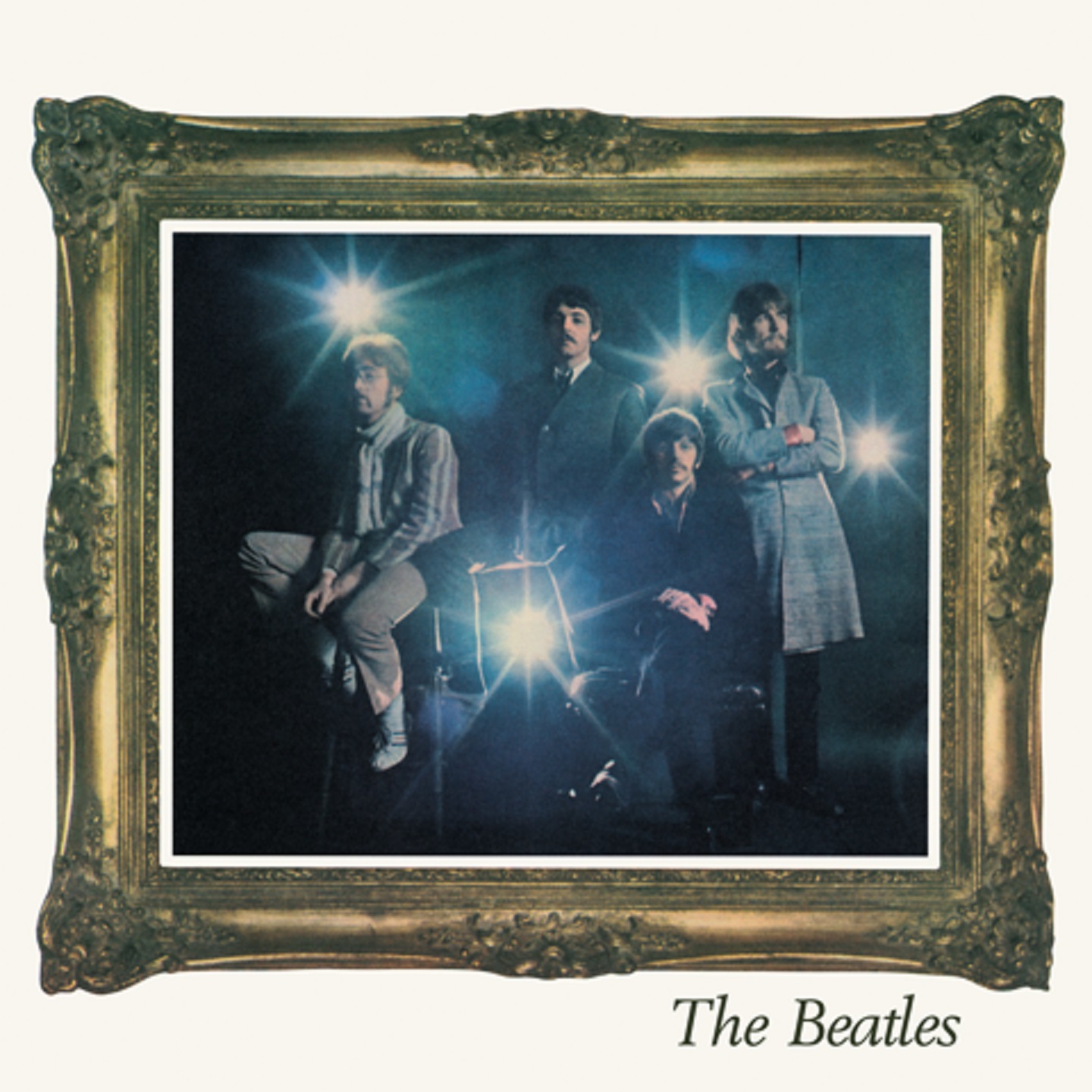
Giles Martin on the Legacy of Abbey Road Studios…
My mum started working at Abbey Road in 1948 and my dad started working at Abbey Road in 1950. And it took a long time for them to get together, but get together they did. And you know without Abbey Road they would never have met. Without Abbey Road I wouldn't exist. I'm not the most important thing I think ever is produced, but I'm personally grateful that my parents met here. Listen, Abbey Road was the first studios that existed in the world, you know? I think, 1932 Abbey Road Studio One was built and, and it was the first purpose built studios in the world. And so it was the kind of home recording, if you like. And and from those days of Elgar, Glenn Miller, all that sort of stuff.And then eventually The Beatles, and then Pink Floyd…the walls are soaked with sound…You walk into that room and it's like, you know, it you feel as though you're in a magic place and you can't design that. You know, that's the great thing about the magic of music, it happens. And I think the the magic and grandioseness of somewhere like Abbey Road creates that performance space.






